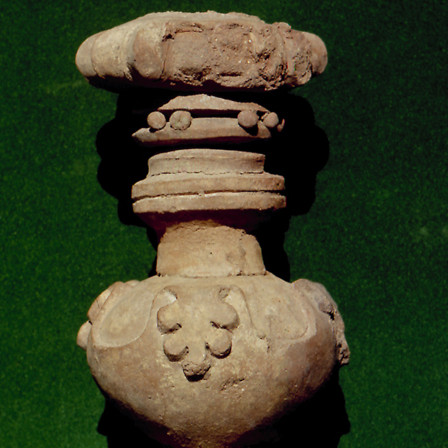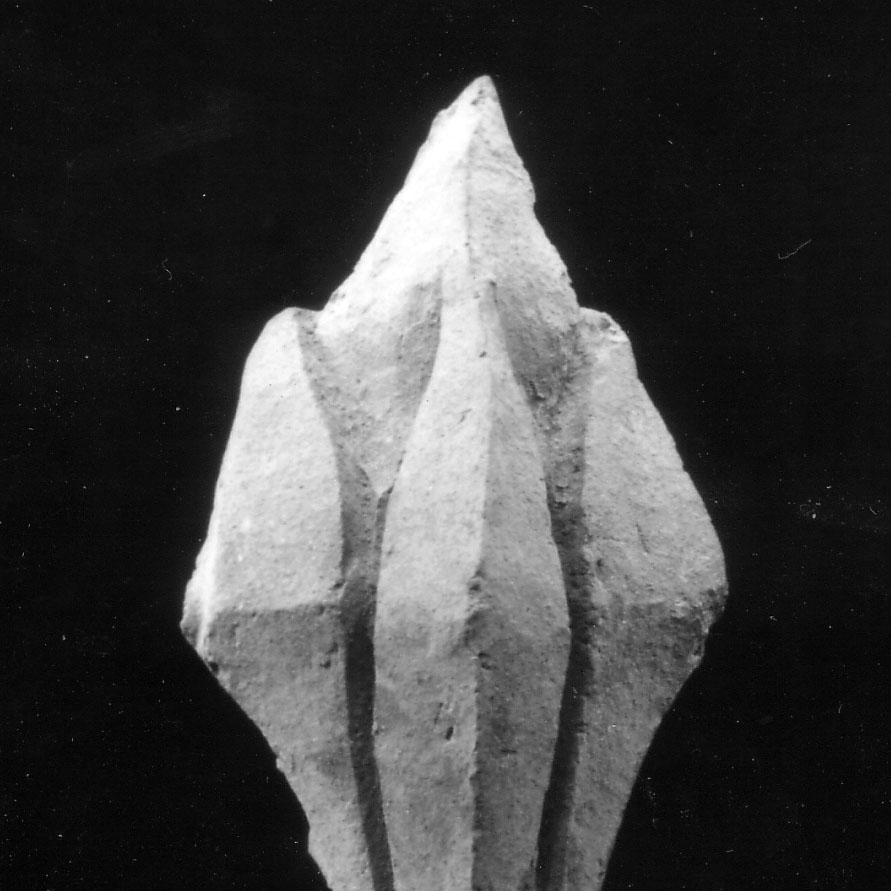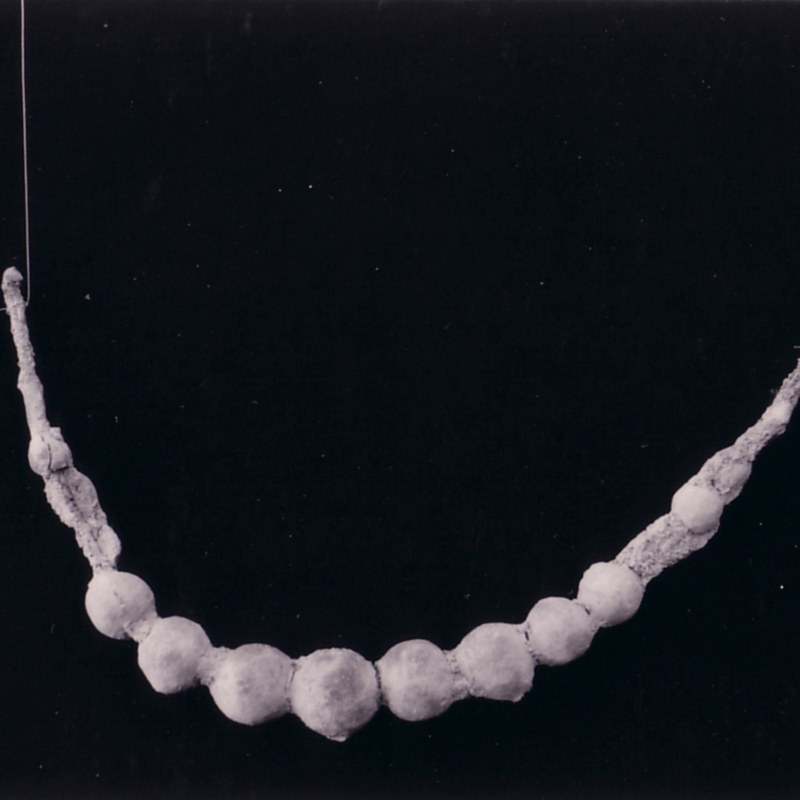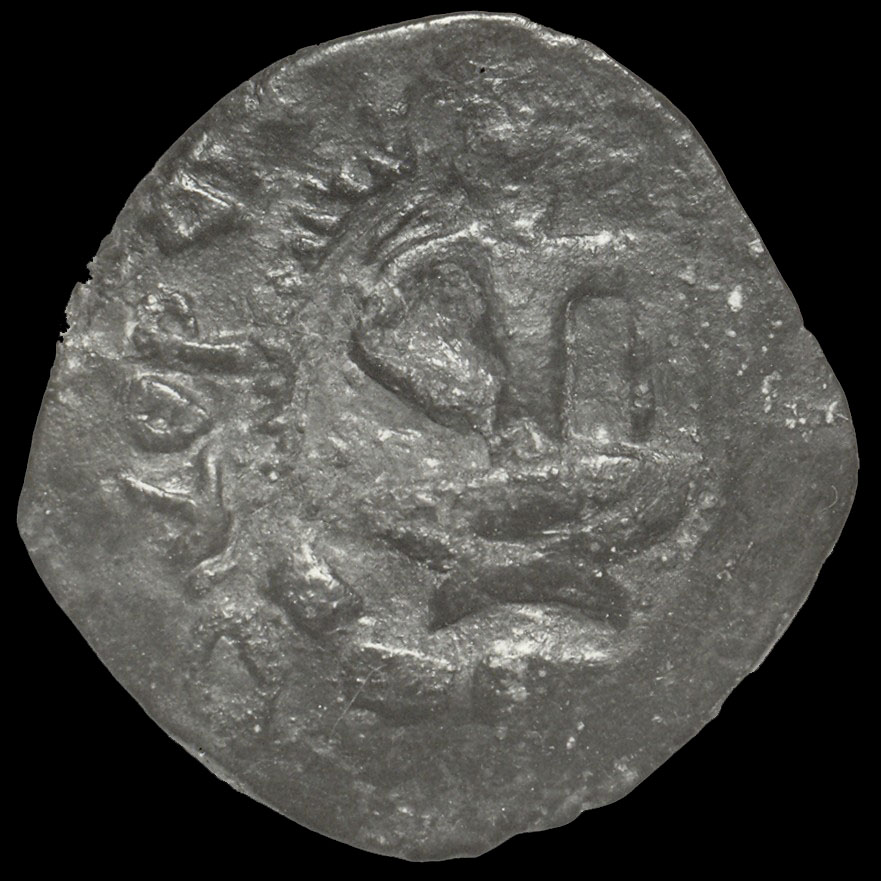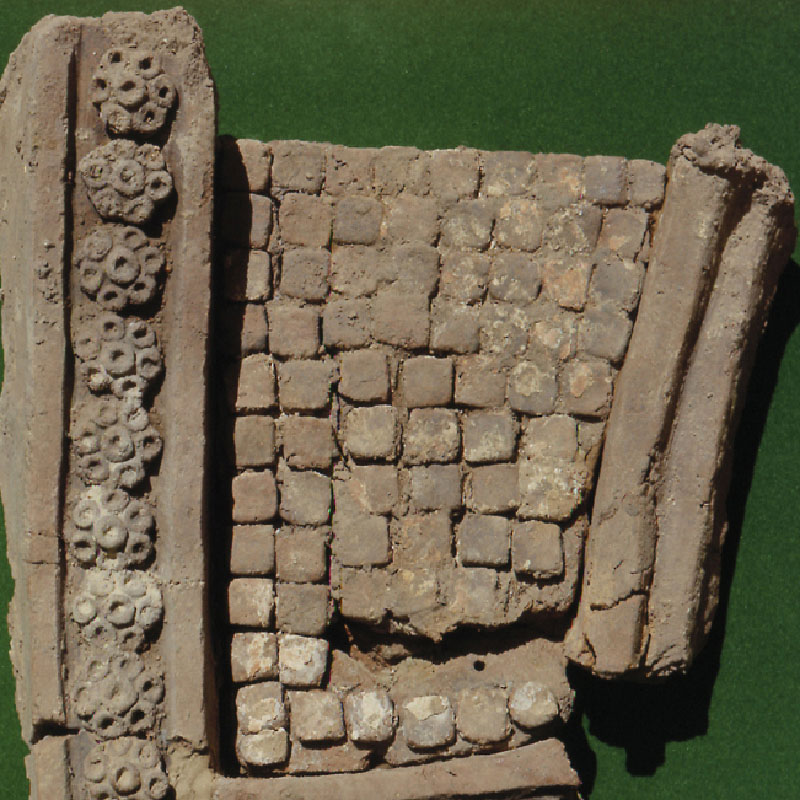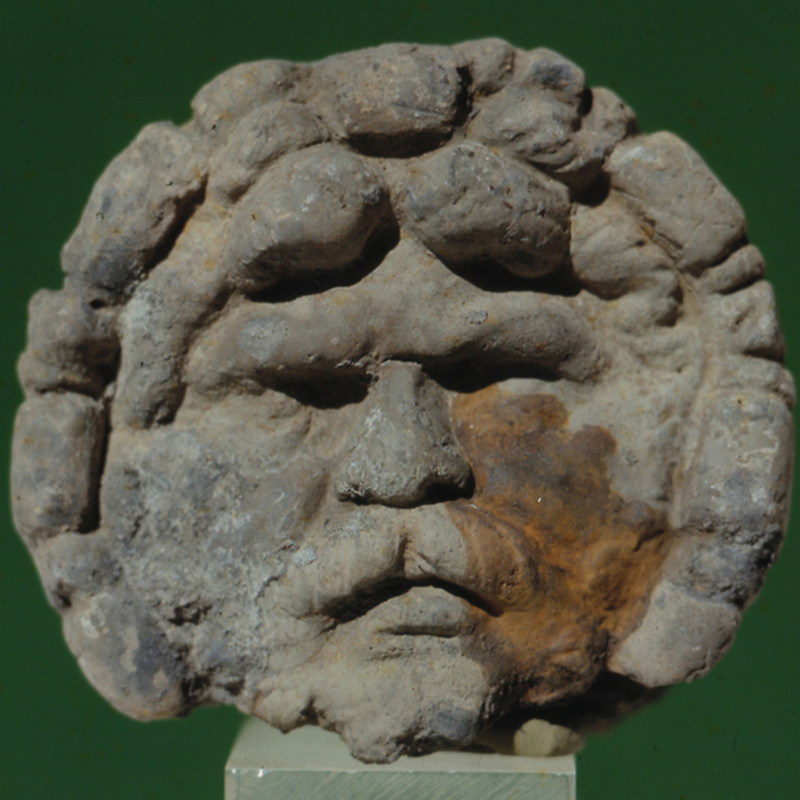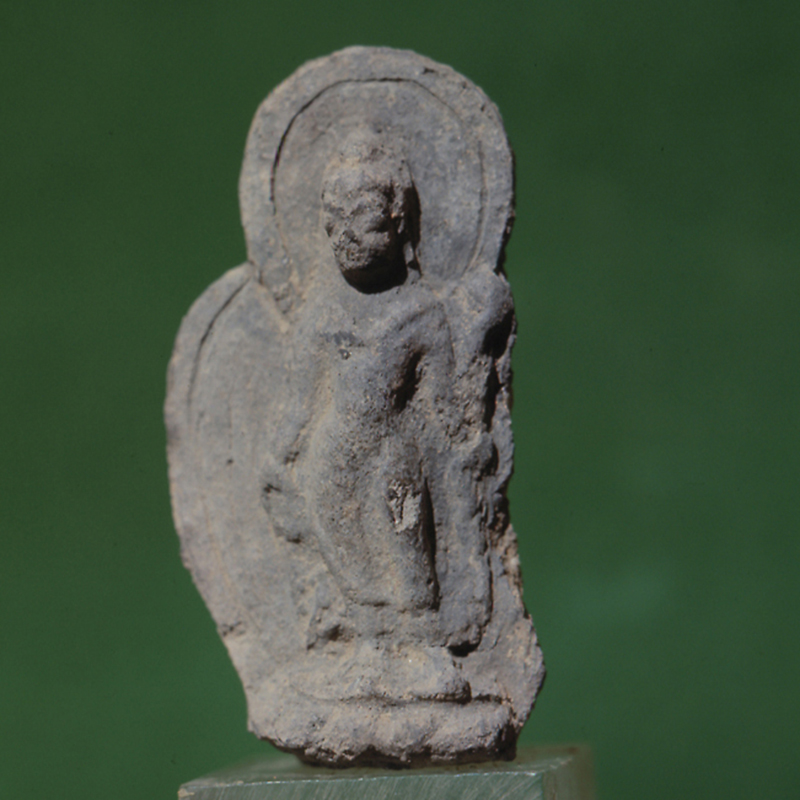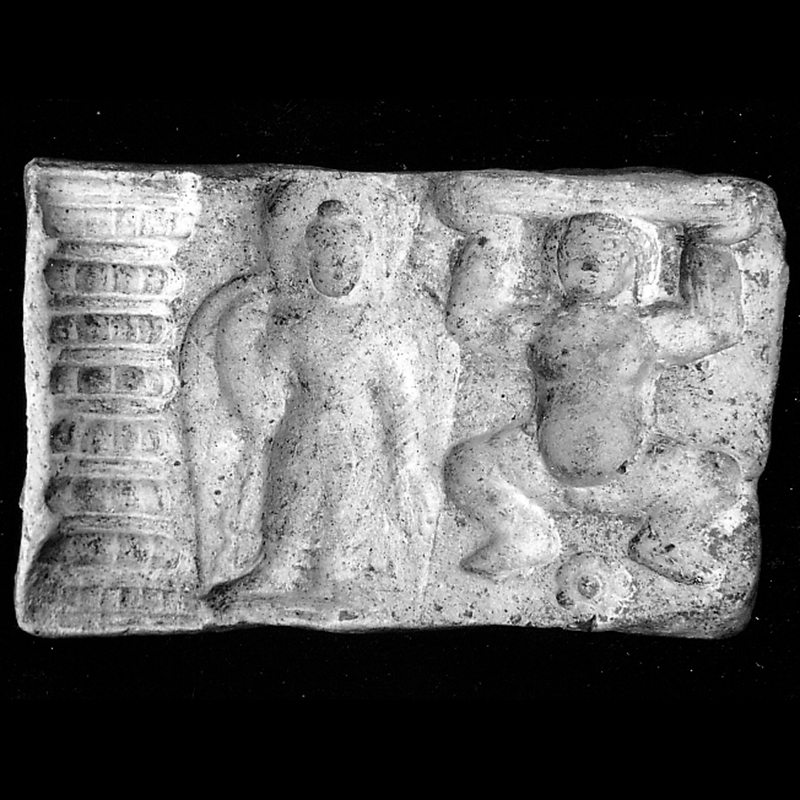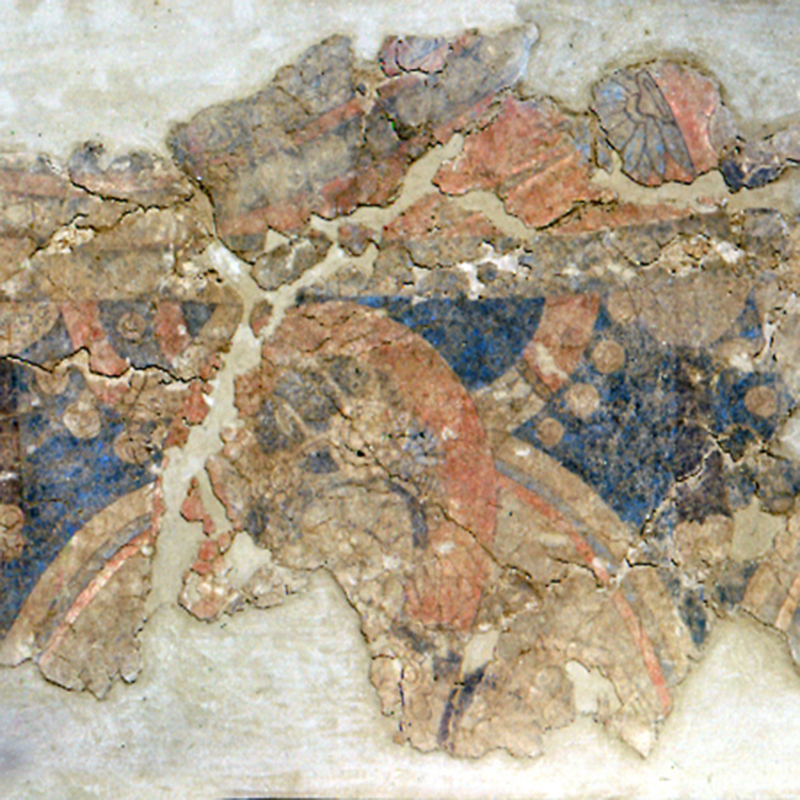The objects in this section are all from the excavation of the Buddhist site of Tapa Sardar. The descriptions are based on the original inventory compiled by the Italian Archaeological Mission in Afghanistan during the excavation campaigns (1959, 1960, 1962, 1967-1976). This has now been digitized, standardized on the basis of the Repertory of Terms for Cataloguing Gandharan Sculptures (Faccenna, Filigenzi 2007), implemented with an illustrative apparatus (pictures and drawings), and categorized according to the requirements of a user-friendly database.
Also, latest research and new archaeological data have made it possible to improve the description of the material and technical aspects.
For each object, detailed information is provided at the top right section of the electronic sheet/card: the inventory number, the excavation year, the provenance and find spot, with reference to the archaeological layer, the latter indicated by a number between brackets.
Current location, type of documentation and bibliographic references are given after the description of the find.
In order to facilitate the consultation of the catalogue the objects have been grouped here according to categories based on the objects’ functions and/or forms, regardless of their hierarchic dependence on more general classifications (for instance Body ornaments, which formally relates to the class of Figural elements, or Pottery, which relates to the class of Functional objects, and so on).
In some instances, functions and/or forms are explicit, as in the case of Coins, Manuscripts, Seals, Moulds, Pottery, Statues, Wall statues, Wall paintings); in others they are characterized by a variable degree of certitude.
In particular, the objects in clay (which represent the largest part of the archaeological record) can be difficult to categorize if they are too fragmentary. This is also due to the use of the same moulded elements for different categories, both figural and architectural.
Internal cross-references in the single entries and, when possible, reconstructive graphics will help the user understand the object in context.
